Emilio Pérez García
About the Artist/Site
Emilio Pérez lived alone, but even so, was more isolated than most in the small village in which he was born, near the Portuguese border. He did his compulsory military service beginning in 1948, and then came home and helped to build the roads leading to the local villages, roads that supplanted the often-unmarked dirt trails that had earlier been the only means of travel and communication. He and his fellow workers used picks and shovels to carve out these roads, before there were machines to do this back-breaking work. It is possible that this experience of building these new connections for Spanish villagers, with new numbers assigned to these new roads, and with every kilometer marked and numbered, impressed upon him the need to carefully and specifically mark geographic locations, because these numbers provided a shorthand to assure people of where they were. This was a lesson that he learned well as he spent the decades of his youth on this hard labor.
Due in part to deafness that increasingly isolated him as he aged, Pérez never married, and after his parents and a sister died young, he passed through a period when he drank heavily, thus becoming increasingly cut off from his fellow villagers. Distrustful and suspicious, his connection with the world came through watching television and perusing the brightly colored advertisements that arrived in his mailbox, touting everything from grocery specials to local bullfights. He arranged these into elaborate painted collages that he attached to most of the interior and exterior surfaces of his home, as well as onto large appliances such as his refrigerator.
In addition, terrified of losing his home as a result of an imagined bureaucratic snafu, he painted a myriad of distinguishing numbers on all of its façades to identify it so that no one would mistake his home for another. Painterly and enigmatic, these symbols developed into a type of personal codex, and he soon began to extend them to a wider area, painting them on the streets on both sides of his house, as well as on municipal benches, light posts, the nearby highway, and more. He also fabricated elaborate constructions made from tin cans, plastic bottles, pieces of glass, and mirrors to adorn the rooftop of his home and the corners of his land, functioning as defensive apotropaic devices to keep people away and protect his property.
In 2011 Pérez was taken to an assisted nursing facility some fifty miles away from his home. He died there later that year, and his home is slowly deteriorating, the paint chipping, and the constructions breaking. The building is for sale.
~Jo Farb Hernández, 2013
Contributors
Map & Site Information
Calzadilla, Extremadura, 10817
es
Latitude/Longitude: 40.0598476 / -6.5316438
Nearby Environments


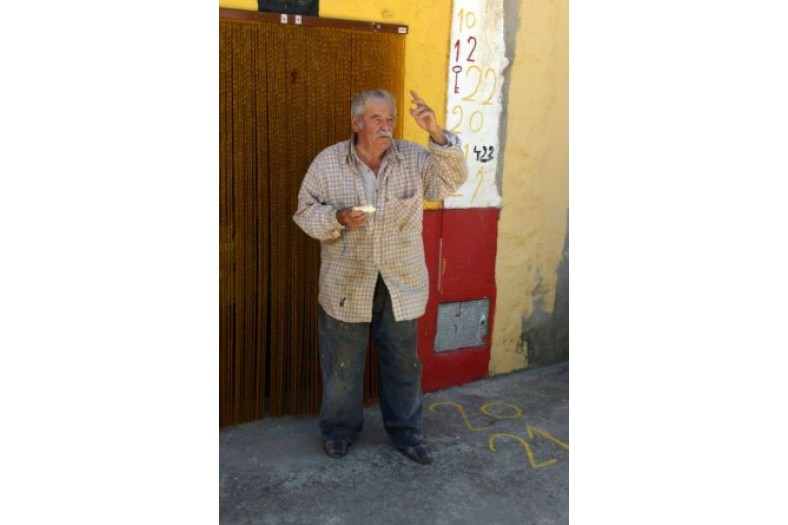
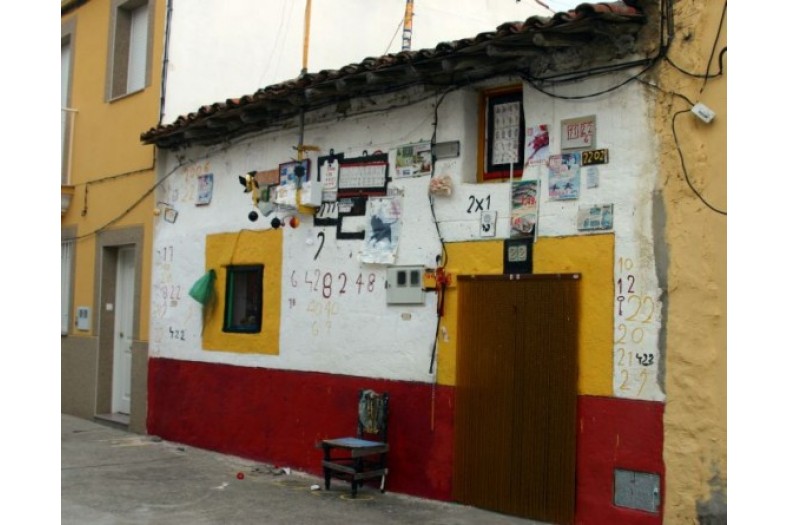
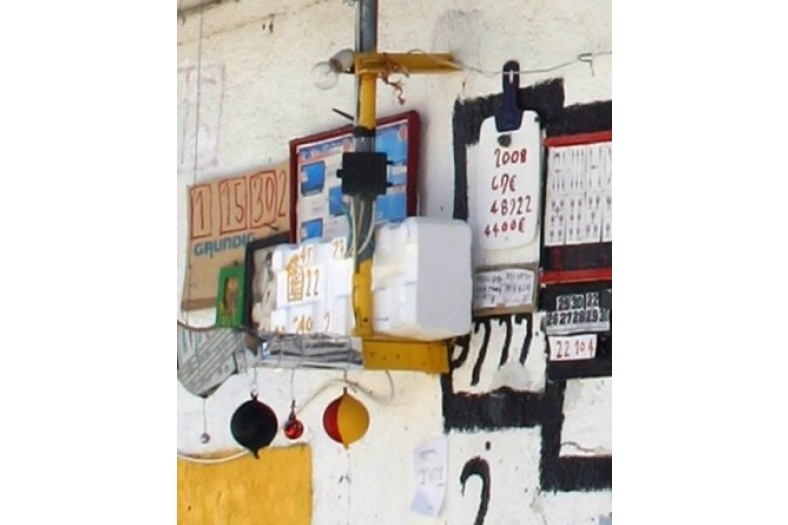
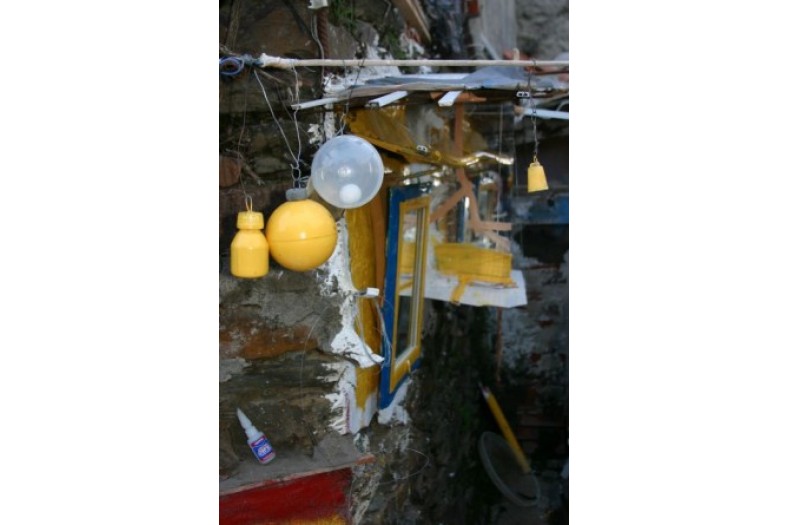
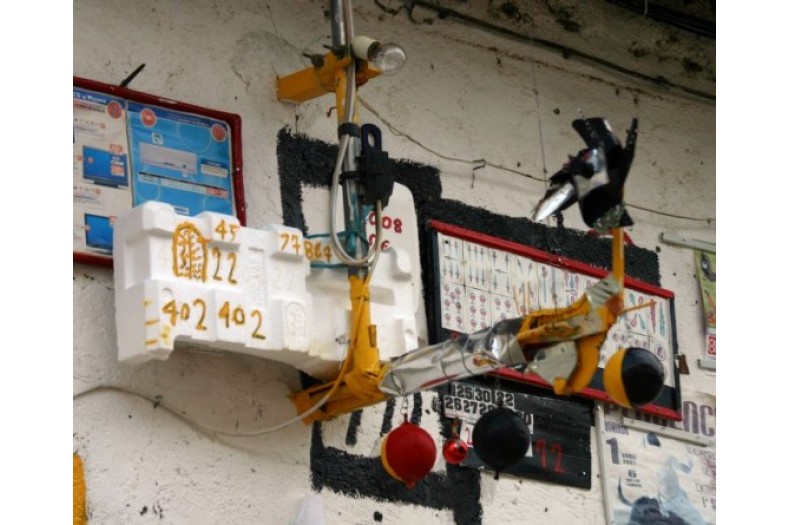
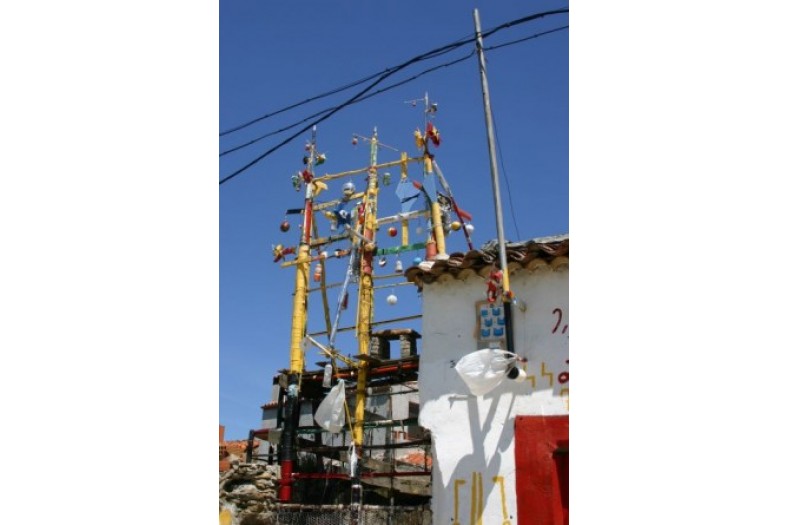
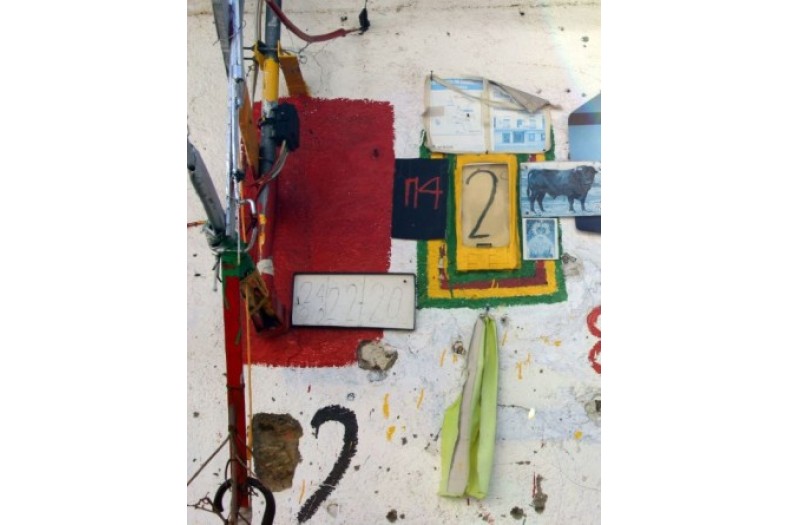
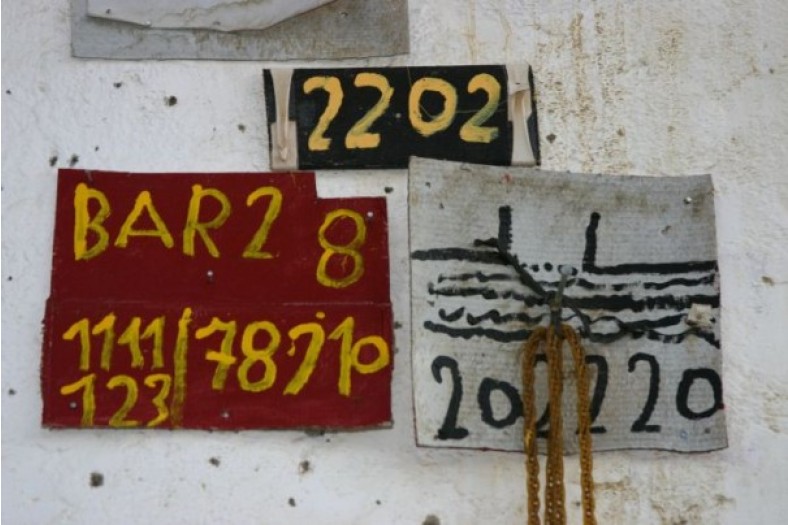
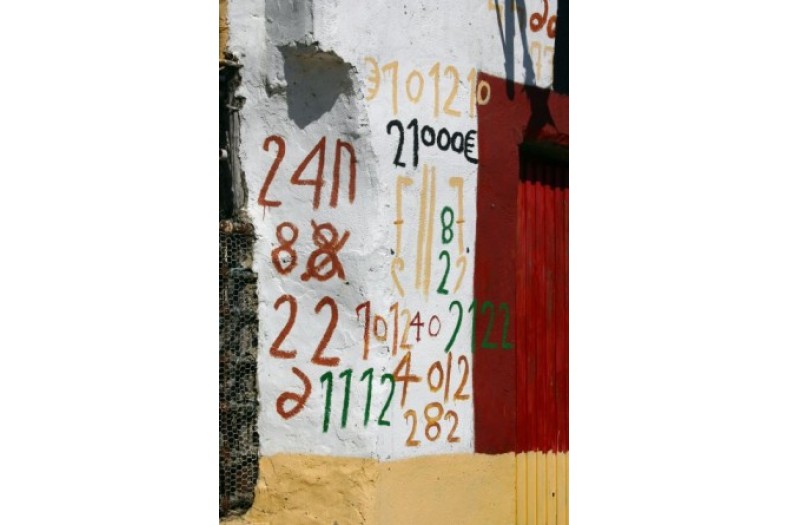
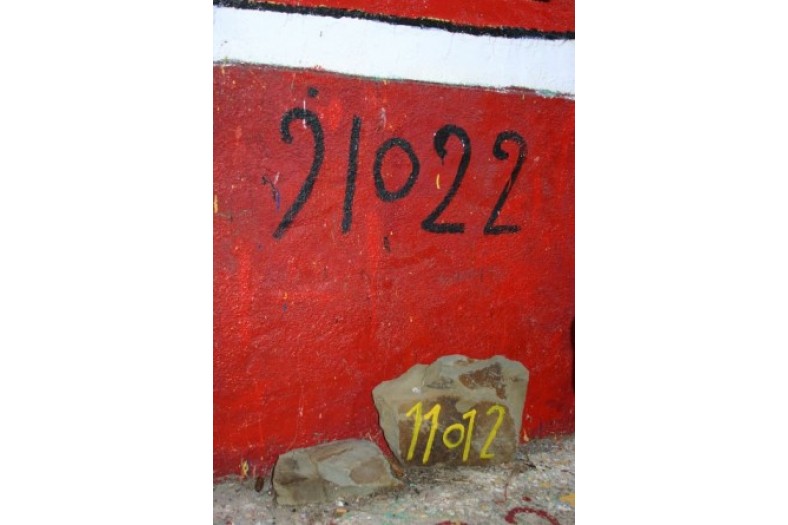

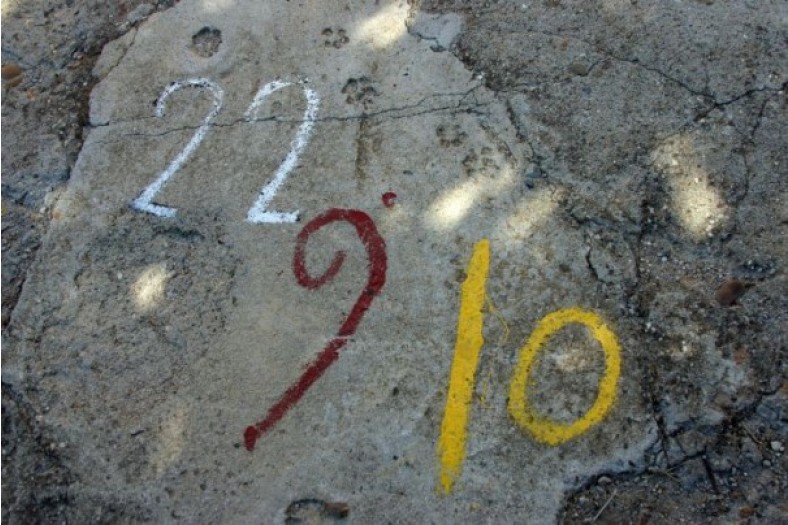
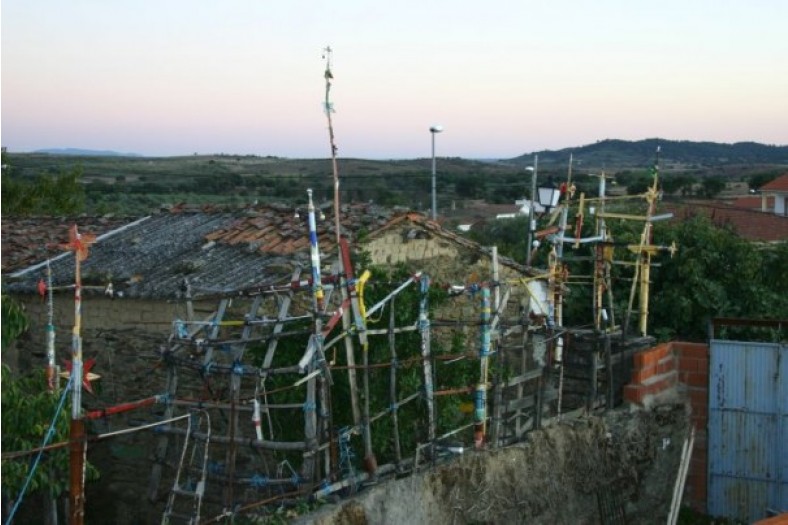
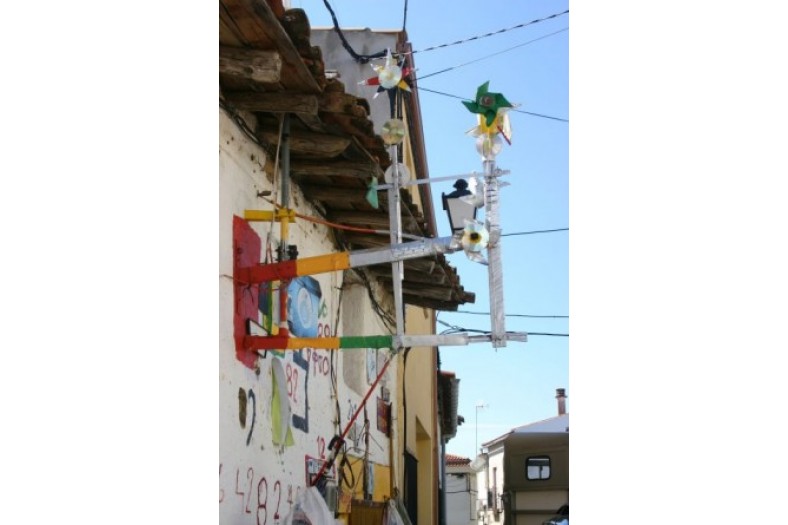
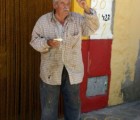
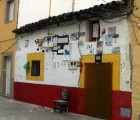
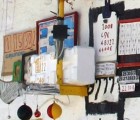
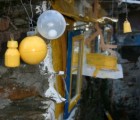
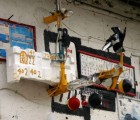
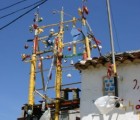
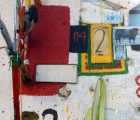
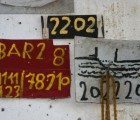
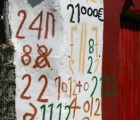
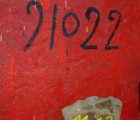
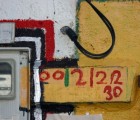
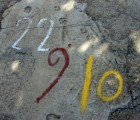
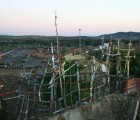
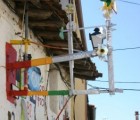
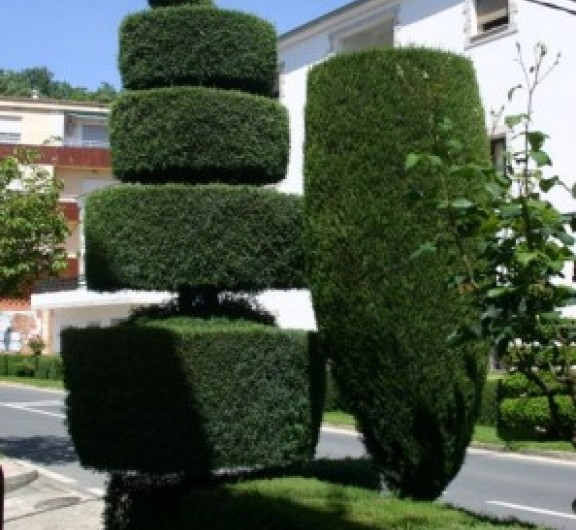
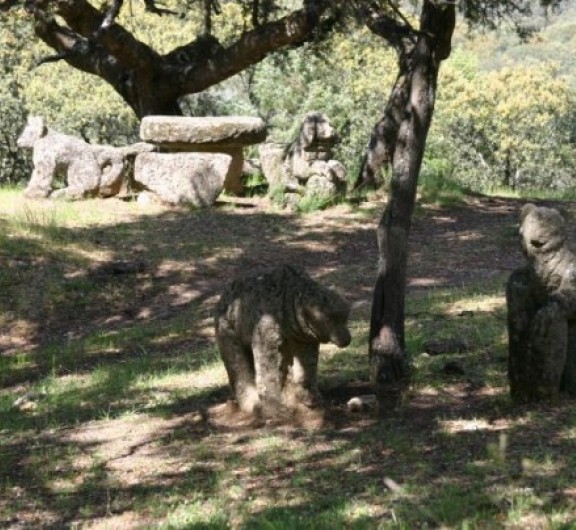
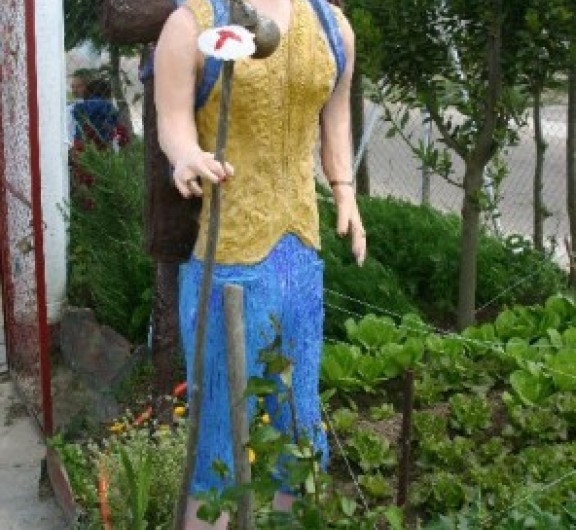
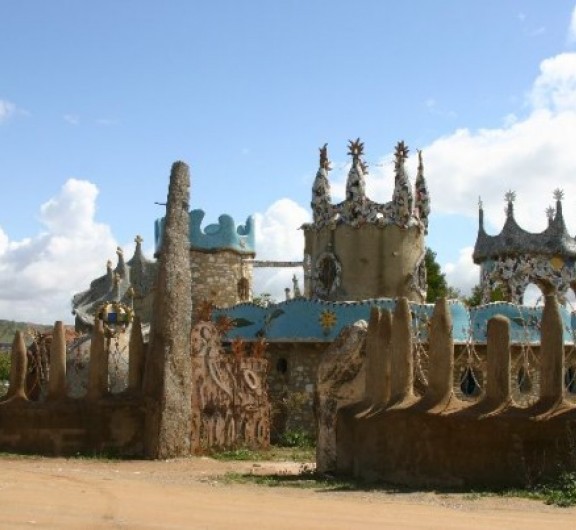
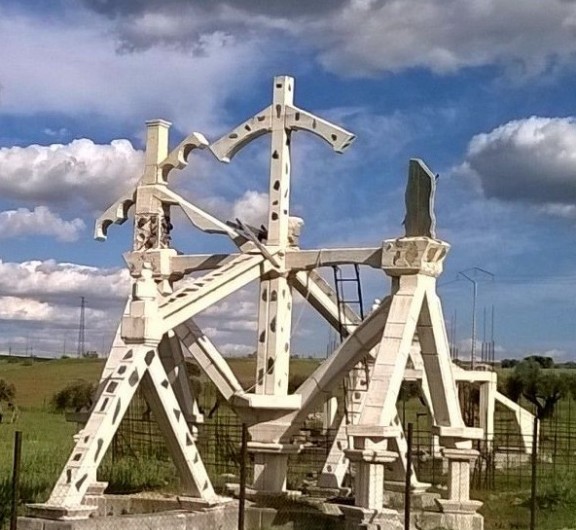
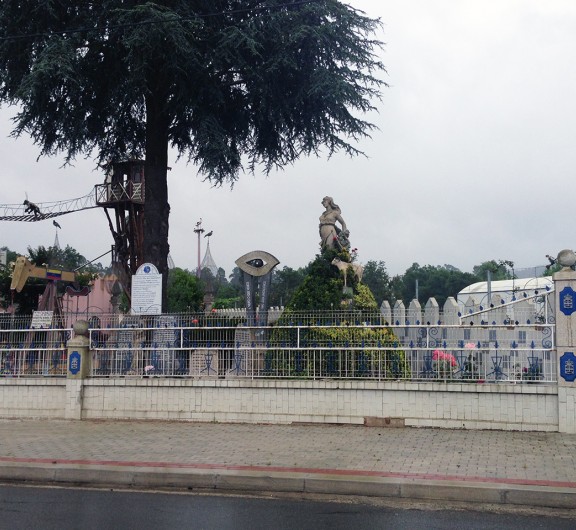

Post your comment
Comments
No one has commented on this page yet.